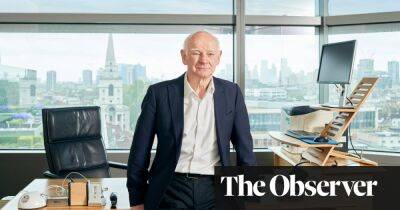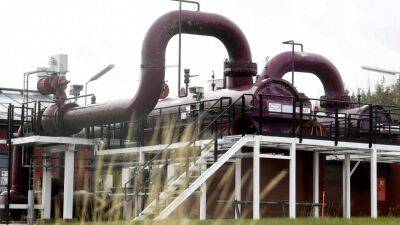Drive for net zero fuels UK boom in retrofitting buildings for new use
From a former ice factory becoming a shiny home for offices and shops, to a Victorian bus works getting a new lease of life as a flexible workspace, across the country, buildings are being retrofitted and repurposed for the future.
It stands in stark contrast to what seemed like the commercial property industry’s motto in recent years: knock it all down and start again.
For several decades, buildings such as office blocksweren’t designed or built with longevity in mind. When parts and equipment such as lifts and windows wore out, landlords often opted for demolition over refurbishment.
But, against the backdrop of the UK’s race to reach net zero by 2050, the climate crisis has forced all sectors of the economy to consider their emissions, prompting property owners and developers to look again at the impact of construction.
While buildings have become much more energy efficient to run, huge amounts of energy are required – and therefore large amounts of carbon — emitted during the manufacture of components as well as in the construction. These emissions, occurring before a building is even in use, create what is known as “embodied carbon”.
“Twenty years ago if you looked at the overall carbon impact of a building, then 80% of it might have come from how you use it,” said Chris Cummings, director at Savills Earth, the estate agent’s sustainability team.
“With a brand new glass and steel building in London now, 95% to 98% of the building’s impact will be in the materials, because it’s going to be lean and be using green energy, and the grid is decarbonising.”
The prize on offer for decarbonising the entire life cycle of a building is significant. The World Green Building Council calculates that construction, together with the
Read more on theguardian.com

![Is STEPN’s [GMT] run coming to an end? On-chain metrics indicate… - ambcrypto.com - city Santiment](https://finance-news.co/storage/thumbs_400/img/2022/5/21/26620_hmnl.jpg)








![Can Litecoin’s [LTC] long-awaited MWEB update shine a light to end this darkness - ambcrypto.com](https://finance-news.co/storage/thumbs_400/img/2022/5/21/26611_mc6xh.jpg)





![Ethan Buchman - Can Cosmos [ATOM] continue its impressive price resilience in the long run - ambcrypto.com](https://finance-news.co/storage/thumbs_400/img/2022/5/21/26605_tzi.jpg)




